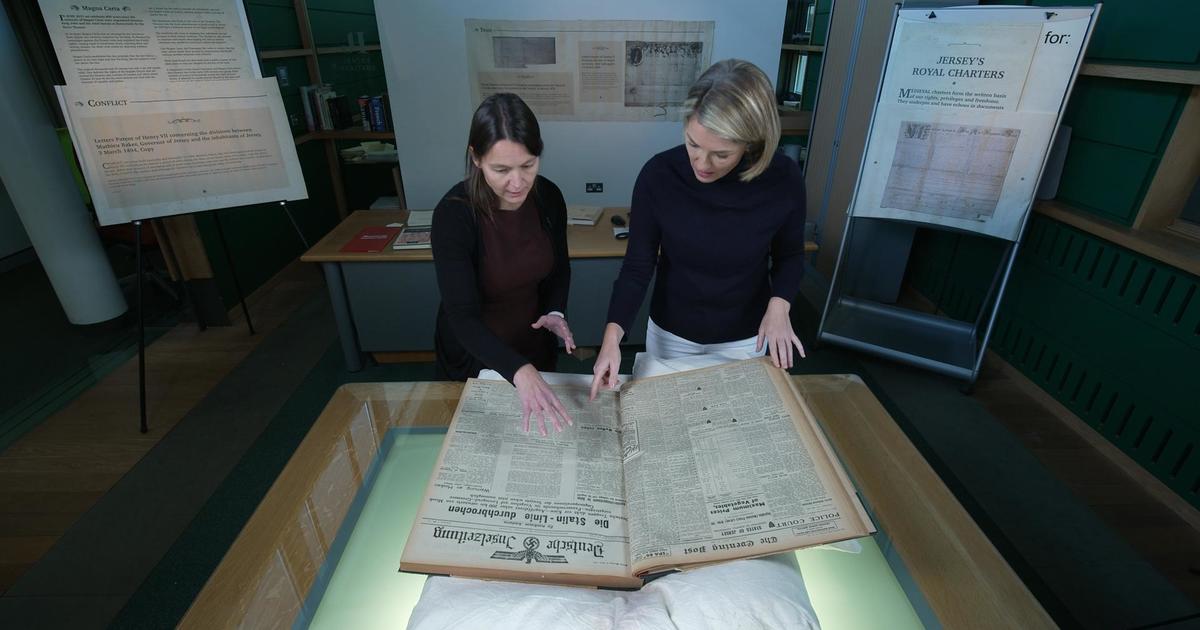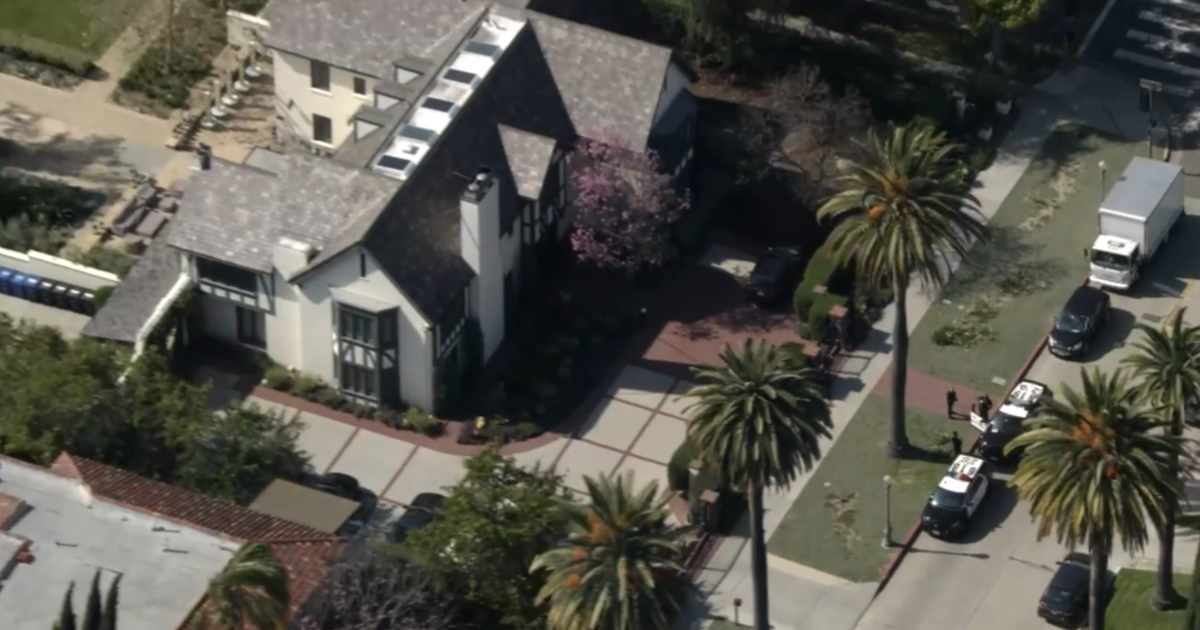Remembering the Exxon Valdez oil spill 30 years later
Sunday marks 30 years since an Exxon Shipping Co. tanker ran aground outside the town of Valdez, Alaska in the early morning hours of March 24, 1989. The tanker spewed some 11 million of gallons of toxic crude oil into the pristine waters of the Prince William Sound.
At the time, it was the largest oil spill in U.S. history. The amount of oil spilled could have filled 125 Olympic-sized swimming pools. The oil polluted more than one thousand miles of shoreline. It killed scores of birds, sea otters, seals, and whales. The damage very nearly destroyed commercial fishing in the area.
Ten years after the accident, 60 Minutes correspondent Ed Bradley reported on the aftermath. He visited the beach at Sleepy Bay, about 65 miles downwind from the accident. Even a decade later, oil still leaked out from underneath rocks on the beach.
"You don't want to smell it too much because it's real volatile still," Bruce Wright, the head of the task force looking into the oil spill for the National Marine Fisheries Service, told Bradley. "This whole expanse of beach is covered with this stuff."
Bradley also reported on the civil suit against Exxon and Captain Joseph Hazelwood, who was the skipper of the oil tanker when it ran aground. In 1994, a jury had determined that both parties had acted recklessly, which caused the accident.
Exxon had been ordered to pay $5 billion in punitive damages to the fishermen and others who said they were hurt by the spill. But at the time of Bradley's report, Exxon hadn't paid. Years later, in 2008, the Supreme Court reduced the damages Exxon owed to about $500 million.




